Unveiling the Power of Google Data Analytics: A Comprehensive Guide
Introduction
The field of data analytics is constantly evolving, but Google Data Analytics remains a key player in shaping the future of businesses and individuals. Despite the entry of more than 25 new competitors in the past year, Google continues to lead the way in transforming raw data into valuable insights that drive action.
This blog is not only a guide to understanding Google Data Analytics but also a revelation of the importance of this field. Ignorance in this area can lead to disaster. By the end of this exploration, you will not only understand the basics of Google Data Analytics but also have the tools to revolutionize your strategies, outsmart competitors, and confidently navigate the digital world.
Let's unlock the secrets that distinguish pioneers from stragglers, and pave the way for data-driven triumphs!
Understanding Google Data Analytics
What is Google Data Analytics?
Google Data Analytics is a sophisticated and strategic methodology that involves a systematic and comprehensive approach to collecting, processing, and interpreting data through advanced tools offered by Google. This approach goes beyond mere numerical analysis and involves scrutinizing both structured and unstructured data to unravel intricate patterns and identify profound trends.
In today's crowded digital space, Google Data Analytics is an essential tool for businesses to make informed decisions with precision. It goes beyond just being a tool; it serves as a compass to help decision-makers find their way to data-driven insights. It is a powerful guiding force that empowers businesses to navigate through complexity and make informed decisions based on accurate data.
Benefits of Google Data Analytics
The Cornerstone of Strategies
Organizations rely on Google Data Analytics as a foundational element that shapes their overall business strategies.
Dynamic Response to Change
In today's ever-changing world that constantly demands innovation, businesses that utilize the full potential of data analytics not only survive but thrive. Google Data Analytics plays a crucial role in enabling enterprises to be agile and navigate this environment to ensure their prosperity.
Propelling Toward Leadership
The strategic implementation of Google Data Analytics goes beyond just survival and helps businesses secure leadership positions within their respective industries. It serves as a catalyst for achieving relevance, positioning organizations not only to keep up with industry shifts but also to actively lead and influence them.
Transformation of Raw Data
Proficient users of Google Data Analytics gain a competitive advantage by transforming raw data into a strategic asset. This process involves extracting meaningful narratives from vast amounts of data, going beyond just numerical figures and charts.
Actionable Intelligence and Foresight
Google Data Analytics offers insights that empower proactive decisions.
From Reactive to Proactive
Organizations skilled in Google Data Analytics move from reactive to proactive strategies. They become trendsetters, using data-driven insights to anticipate market shifts and stay ahead of the competition.
Strategic Ally in the Digital Revolution
In this era of data-driven decision-making, Google Data Analytics can be a valuable strategic ally. It helps organizations navigate the complexities of information and become visionary trailblazers, rather than just participants, in the ongoing digital revolution.
Defining Rules of Engagement
The Google Data Analytics tool is not just a tool but a powerful force that enables businesses to define their engagement rules in their respective industries. It significantly influences how organizations interact with data, competition and innovation, ultimately shaping industry dynamics.
Reshaping the Landscape
Embracing Google Data Analytics goes beyond simply keeping up with the digital age. It involves actively reshaping the business landscape. Organizations that utilize insights gained from data analytics become architects of change, driving innovation, fostering sustainable growth, and ensuring enduring success in the dynamic and ever-evolving business environment.
Google Data Analytics Tools
Google Analytics
Google Analytics is a powerful and essential tool for analyzing web and app activity. It gives businesses a thorough understanding of user engagement, where their traffic comes from, and important metrics related to conversion rates. This tool helps to uncover the complexities of online presence and user behavior, providing valuable insights that can be used to make informed decisions.
Google Data Studio
Google Data Studio is a powerful tool that lets you create interactive reports and dashboards to present data in a more engaging way. It seamlessly integrates with other Google tools, making it even more versatile. By visualizing data in this way, teams can make better decisions as insights become more accessible and easier to understand.
Google BigQuery
Google BigQuery has established itself as a powerful tool in the field of data analytics. This cloud-based data warehouse enables organizations to quickly and effectively analyze massive datasets. Its advanced querying capabilities make it especially advantageous for businesses dealing with large-scale data, providing insights that traditional databases may not be able to offer. In essence, Google BigQuery is an invaluable asset for organizations seeking a robust and scalable solution for their data analysis needs.
How to Get Started with Google Data Analytics
Setting Up Google Analytics
1. Account Creation:
• Navigate to the Google Analytics website.
• Click on "Start for free" or "Sign in" if you already have a Google account.
• Follow the prompts to set up a new account, providing necessary details such as the Account Name, Website Name, and the URL of your website.
2. Property Setup:
• After creating the account, set up a property (website or mobile app).
• Select the type of property you want to track (Website or Mobile App).
• Provide necessary information about your property, including the Property Name, Website URL, and Industry Category.
• Choose the reporting time zone and currency preferences.
3. Tracking Code Implementation:
• Once the property is set up, copy the provided tracking code.
• For websites: Paste the tracking code into the <head> section of every page you want to track.
• For mobile apps: Implement the SDK and include the tracking code in your app.
4. Verification:
• Verify that the tracking code is implemented correctly by checking the Real-Time reports in Google Analytics after a few hours.
• Ensure that data is being collected accurately before proceeding to more advanced features.
Creating Dashboards with Google Data Studio
1. Access Google Data Studio:
• Go to Google Data Studio.
• Click on "Blank Report" to start a new dashboard.
2. Data Source Integration:
• Click on "Create" in the top left corner.
• Select a data source, and choose Google Analytics from the list.
• Connect your Google Analytics account and choose the specific property and view you want to use.
3. Building the Dashboard:
• Drag and drop components onto the report, such as scorecards, charts, and tables.
• Customize each component by selecting the appropriate metrics and dimensions.
• Utilize the "Style" panel to adjust colors, fonts, and other visual elements.
4. Data Range and Filters:
• Use the date range selector to set the period for the data displayed on the dashboard.
• Implement filters to focus on specific segments of your data, enhancing the relevance of your dashboard.
5. Sharing and Collaboration:
• Click on "Share" to share your dashboard with others.
• Collaborate in real-time by using the "Share" feature, enabling others to view or edit the dashboard.
Running Queries in Google BigQuery
1. Access Google BigQuery:
• Go to the Google Cloud Console.
• Navigate to the BigQuery section.
2. Creating a New Query:
• Click on the "Compose Query" button.
• Enter your SQL query in the editor.
3. SQL Basics:
• Familiarize yourself with basic SQL syntax: SELECT, FROM, WHERE, GROUP BY, ORDER BY, etc.
• Understand how to filter data, aggregate results, and join tables if necessary.
4. Optimization Techniques:
• Use INDEX and JOIN optimizations for more efficient queries.
• Leverage the EXPLAIN command to understand the query execution plan and optimize accordingly.
5. Executing the Query:
• Click on the "Run" button to execute your query.
• Review the results in the Query Results tab.
6. Exporting and Saving Results:
• Export the results to various formats such as CSV or JSON.
• Save your queries for future use or share them with team members.
7. Advanced Features:
• Explore advanced features like partitioned tables, clustering, and materialized views for further query optimization.
Machine Learning and AI Integration in Google Data Analytics
1. Automated Insights through Machine Learning:
Google Data Analytics is increasingly using machine learning to provide automated insights. This involves algorithms that learn from historical data to identify patterns and anomalies and deliver actionable insights without manual intervention.
2. Predictive Analytics for Proactive Decision-Making:
Google Data Analytics uses machine learning algorithms for predictive analytics, enabling organizations to make proactive, data-driven decisions by forecasting future trends and identifying potential opportunities or challenges.
3. Enhanced Natural Language Processing (NLP):
Natural Language Processing (NLP) powered by AI is simplifying data analytics through natural language queries, making it accessible to more users.
4. AI-Driven Personalization:
Google Data Analytics platforms use AI to personalize user experiences by tailoring dashboards, reports, and insights based on individual preferences, ensuring more relevant data exploration.
5. Anomaly Detection and Fraud Prevention:
Google Data Analytics can now automatically detect anomalies and potential fraud within datasets, securing data and financial transactions.
6. Evolving Role of AI in Data Preparation:
AI is becoming more significant in data preparation by automating cleansing, normalization, and transformation tasks. This reduces the time and effort required for data preprocessing, allowing analysts to focus on higher-level tasks.
7. Real-Time Analytics with AI:
Integrating AI allows for real-time analytics and immediate decision-making based on updated data. This is crucial for industries that require timely insights for operational efficiency.
8. Explainable AI for Transparent Insights:
Explainable AI models are becoming more prominent, especially in Google Data Analytics. This ensures that the insights generated by AI algorithms are understandable and transparent, fostering trust in the decision-making process.
Evolving Analytics Technologies
1. Advancements in Predictive Analytics:
Predictive analytics is rapidly advancing, with improved algorithms and models that can forecast future trends and customer behaviors more accurately. This enables businesses to anticipate market shifts more reliably.
2. Automated Machine Learning (AutoML):
AutoML tools are becoming more prevalent, making machine learning accessible to users with varying levels of technical expertise through the automation of selecting and training models.
3. Data Visualization Tools with AI Integration:
AI-powered features, such as smart recommendations for visualization types or automated data interpretation, are making data exploration more intuitive.
4. Embedded Analytics in Business Applications:
Embedded analytics is becoming more prevalent, with features integrated into business apps. This allows users to analyze data directly within the applications they use daily, fostering a more data-driven organizational culture.
5. Augmented Analytics for Citizen Data Scientists:
Augmented analytics combines machine learning and natural language processing to assist users with limited analytics experience in deriving insights from data.
6. Focus on Data Governance and Privacy:
Evolution in analytics technology emphasizes robust data governance features, including compliance with data regulations and protection of sensitive information due to the increasing importance of data privacy.
7. Integration of Cloud-Native Analytics:
Cloud-native analytics solutions are becoming more popular, allowing organizations to take advantage of the scalability and flexibility of cloud platforms. This shift reduces infrastructure complexity and enhances collaboration between teams.
8. Enhanced Natural Language Querying:
Technology has made data analytics more accessible to a broader audience within organizations through natural language querying capabilities. Now, users can interact with data using everyday language.
Conclusion
Our aim with this comprehensive guide is to help readers understand the power of Google Data Analytics and equip them with the knowledge and tools needed to navigate the dynamic digital landscape successfully. We cover the core concepts, practical applications, and future trends of data analytics, so individuals and businesses can harness its full potential. After reading this guide, the next step is to apply the newfound understanding by leveraging Google Data Analytics tools, implementing best practices, and staying abreast of emerging trends. By embracing these principles, readers can not only stay competitive but also lead the charge in the data-driven revolution, fostering innovation, growth, and sustained success. With the keys to unlock the potential of Google Data Analytics, you can embark on a journey towards transformative data-driven triumphs.
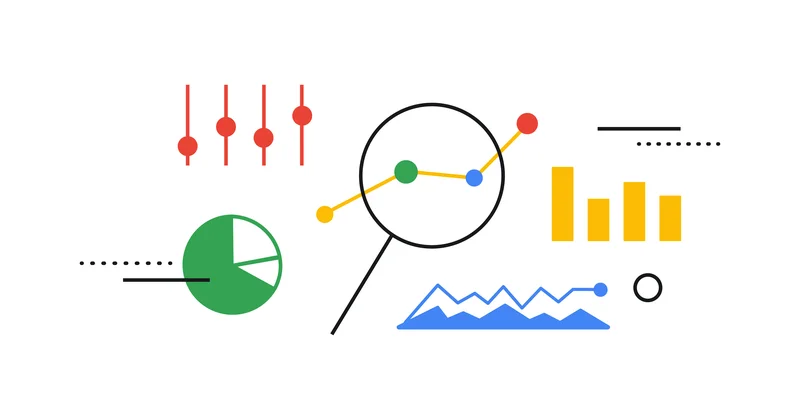
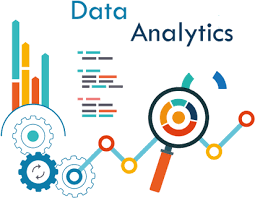

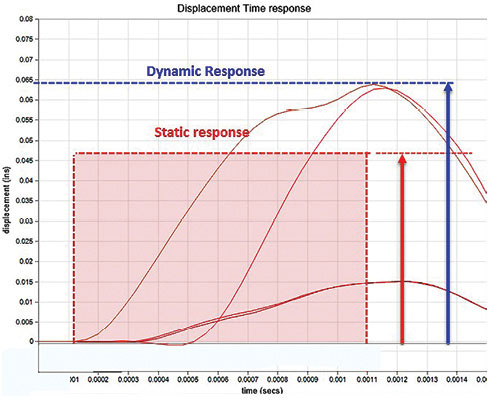






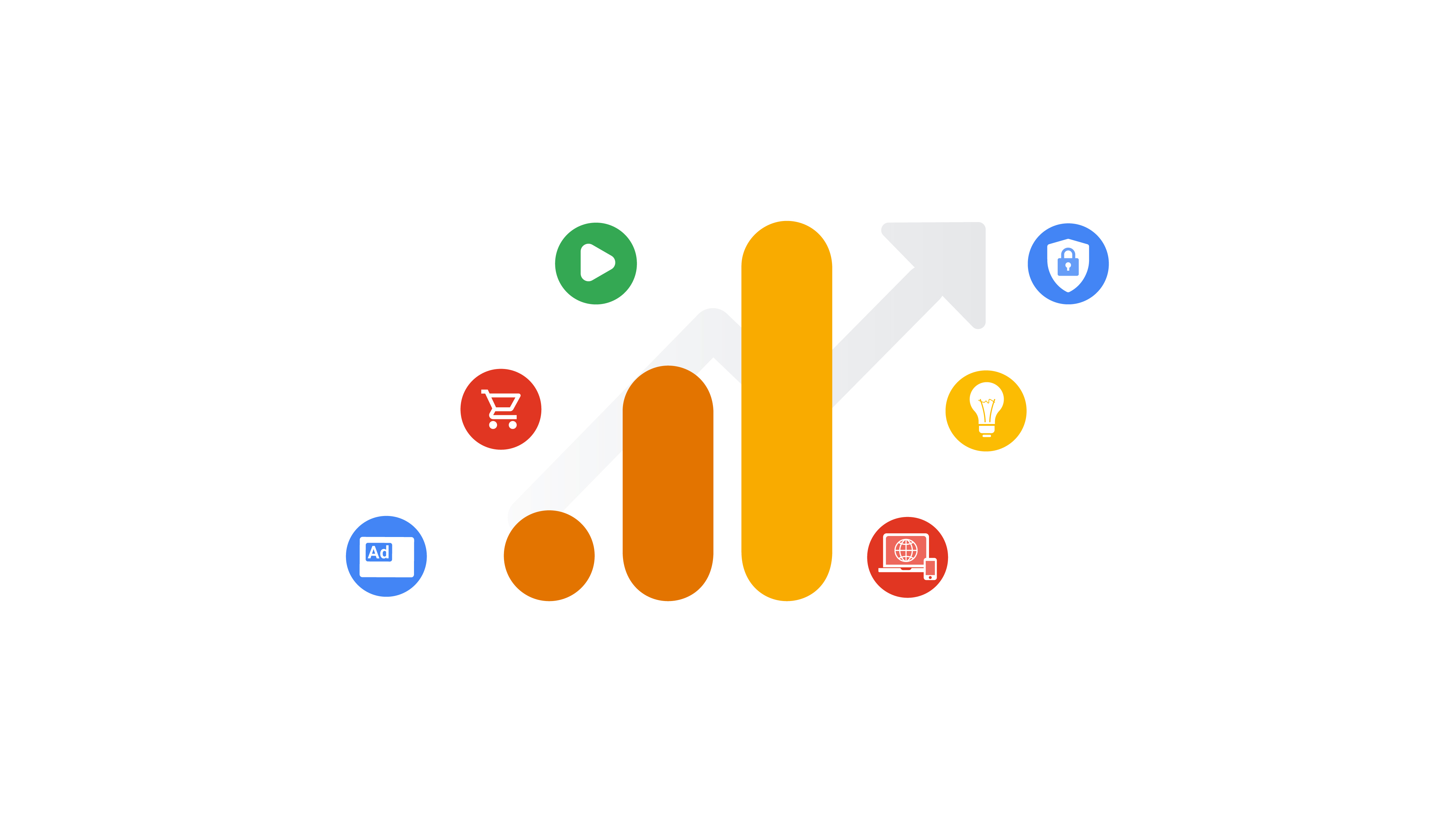
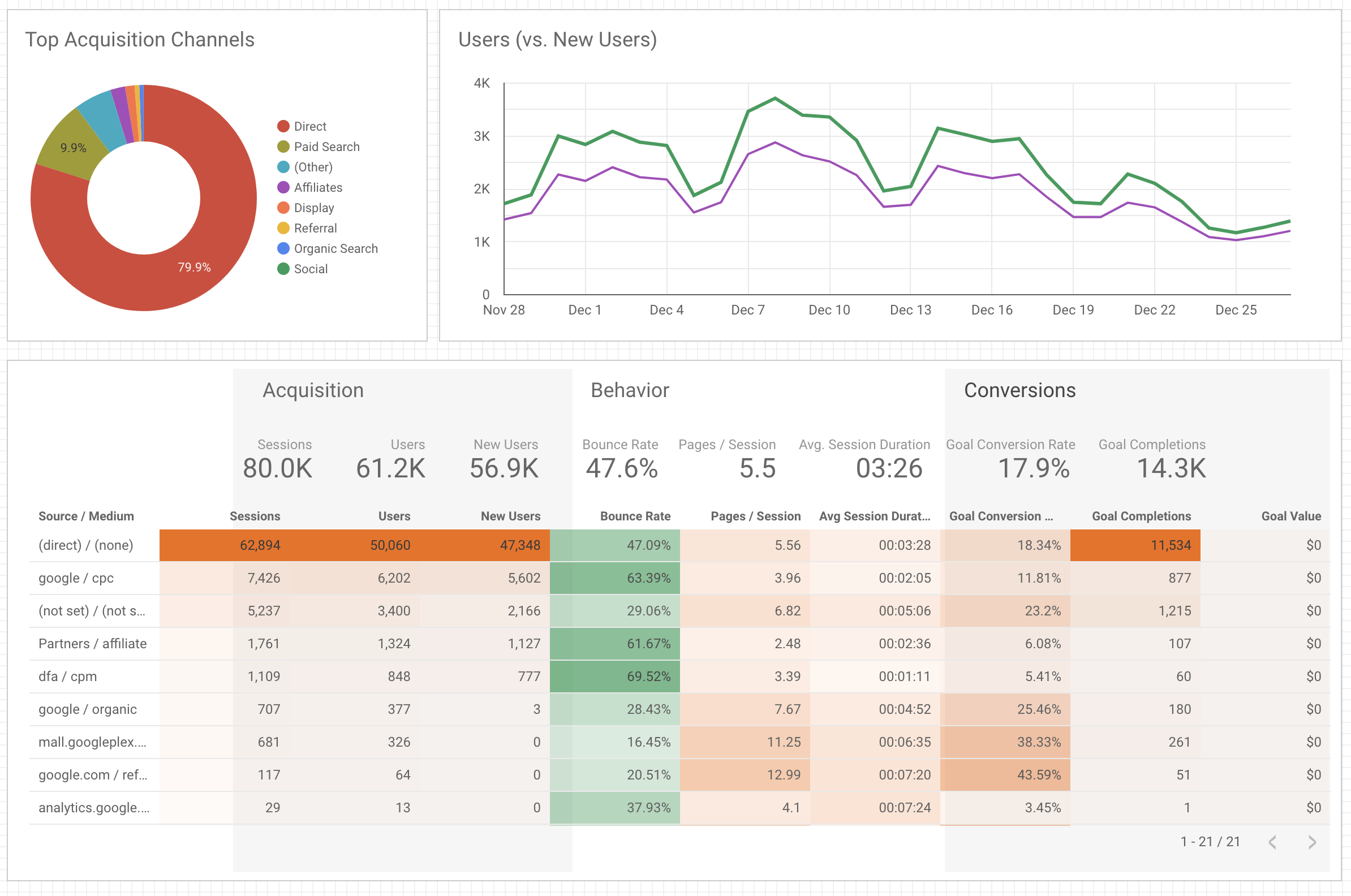









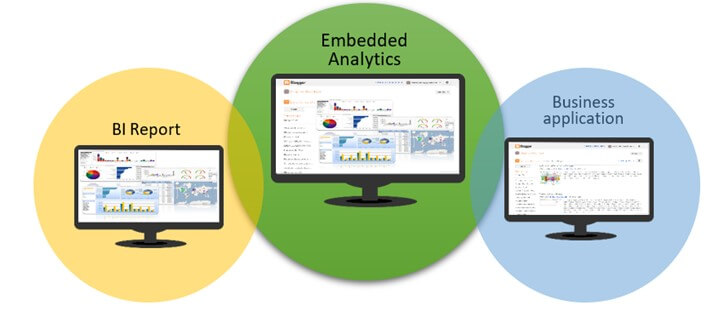




No comments:
Post a Comment